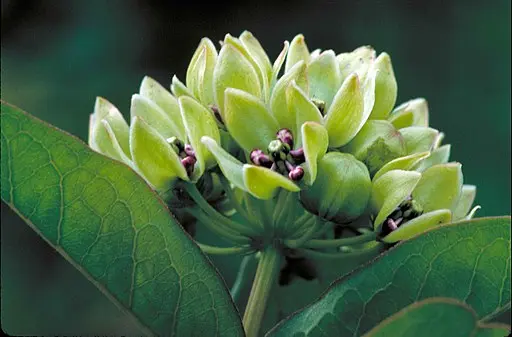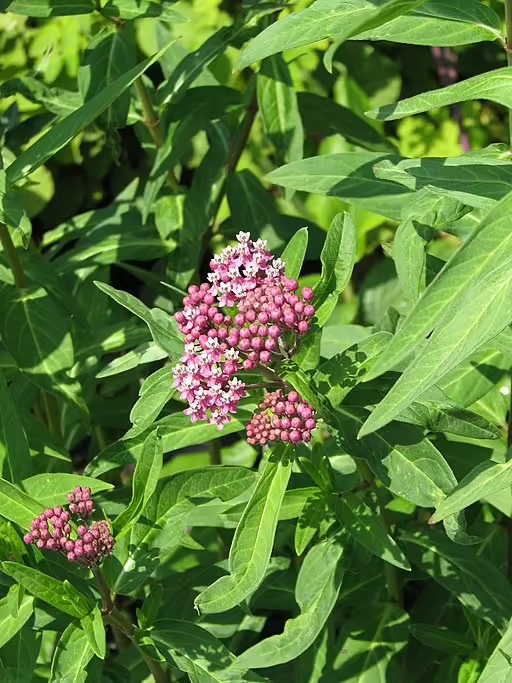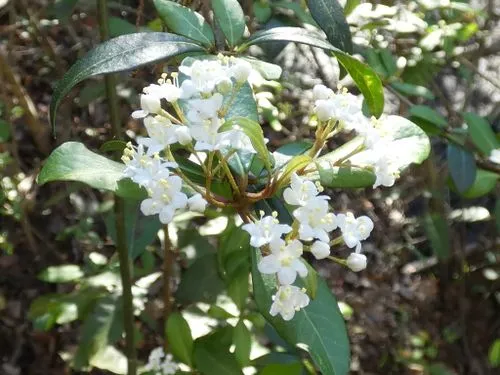Table of Contents for Maple-leaf Viburnum (Viburnum acerifolium)
Maple-leaf Viburnum (Viburnum acerifolium) is a shrub that is native to the south-central, mid-west, and eastern United States, and northeastern Canada. This plant is a host to the Spring Azure (Celastrina argiolus), the Henry’s Elfin (Incisalia hernrici) and about 3 moth species. Growing from 3 to 6 feet tall, this species has cream to white flowers that bloom from April to August. It is hardy in zones 3-8.
Taxonomy and Naming of Maple-leaf Viburnum (Viburnum acerifolium)

Taxonomy
Maple-leaf Viburnum (Viburnum acerifolium) was originally named and described by Carl von Linnaeus in Species Plantarum (1753). The species has kept this name since this time and is a member of the Muskroot Family (Adoxaceae).
Meaning of the Scientific and Common Names
Scientific Name
The genus name, Viburnum, is from Latin for wayfaring tree (dictionary.com). The species name, acerifolium, comes from the Latin, for the maple-like leaves. Acer is the genus name for maple trees.
Common Name and Alternative Names
The common name describes the maple-like leaves of this shrub. Other common names include maple-leaf arrowwood, arrowwood, and maple-leaved arrow-wood.
Physical Description

- Plant Type: This plant is a deciduous shrub
- Height: 3 to 6 feet
- Stem: The stem is branching
- Leaves: The leaves are opposite, simple, dentate, and ovate in shape. The leaves are 3 to 6 inches long and about 1 to 3 inches wide.
- Flower color: cream to white
- Blooming period: This plant blooms in June.
- Fruiting type and period: This plant fruits with blue-black berries in the late summer.
Range of Maple-leaf Viburnum (Viburnum acerifolium) in the United States and Canada

This shrub is native to the south-central, mid-western, and eastern United States, and northeast Canada. It is considered to be rare in the US states of Mississippi, Arkansas, and Iowa, and the province of New Brunswick in Canada.
Habitat

This species grows in in rich forests and woodlands on rocky grounds that are mesic to dry. It can also be located in woodland thickets (Eaton 1919).
Hosted Insects
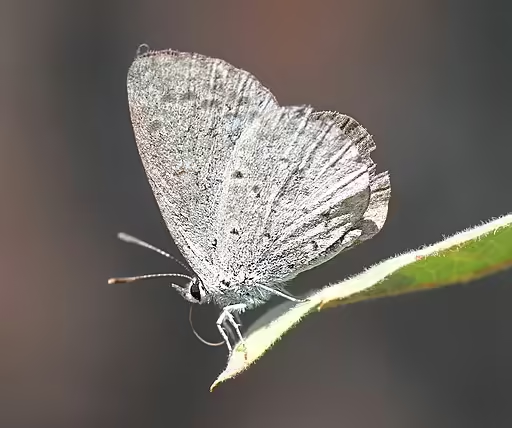
This species is a host for the Spring Azure Butterfly (Celastrina argiolus), especially the violacea type I race (Pratt, et al 1994), Henry’s Elfin (Callophrys henrici), and three moths including the gypsy moth (Lymantria dispar), Pink Prominent (Hyparpax aurora), and Rose Hooktip Moth (Oreta rosea). This shrub may also serve as a host for a beetle (Callimoxys sanguinicollis) (Lovell 1915) and an engima wasp (Orthogonalys pulchella) (Townes 1956).
Other Supported Wildlife

This species is a nectar source to other butterflies, skippers, bees, and wasps during the growing season. Other animals such as birds and small mammals enjoy the fruits of this plant. Deer are known to browse the foliage and twigs. Some birds, such as the wood thrush (Hoover and Brittingham 1998), use this shrub as a nesting location.
Frequently Asked Questions
Is this plant deer resistant?
Like most shrubs in the forest, this plant can be browsed by deer.
Does this plant have any ethnobotanical uses?
The Native American Ethobotanical Database shows that this plant has been used for pain relievers, stomach problems, and dental uses.
How is this plant distinguished from other viburnums?
This species is distinguished by its leaves, which just like those of a maple, hence the name of the plant.
Is this plant invasive?
This plant has not been shown to be invasive in the literature, but it does spread readily through rhizomes.
Gardening with Maple-leaf Viburnum (Viburnum acerifolium)
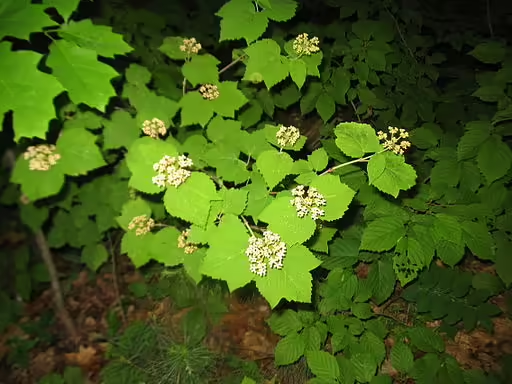
Hardiness
This species is hardy in zones 3-8. If your garden is within these zones and you have the right growing conditions (soil, moisture and exposure), you may well be able to grow this plant. However, if planted outside of its range, the hosted species may not recognize the plant or be harmed by ingesting a different species with an unfamiliar chemical composition.
Optimal Conditions
This species grows best in places that have partial shade or dappled sunlight. In a garden, this plant can handle sun, but it does best where there is shade and cool moist conditions (Wyman 1959). This plant needs soil that is well-drained and is either moist or dry. It is noted as a useful shrub to use in dry areas (Wikipedia).
Special Notes about this Plant
Maple-leaf Viburnum has a bronze to purple color in the fall, which is an added addition to a garden while also having a butterfly host plant.
References
- Eaton, Mary E. 1919. American Berries of Hill, Dale, and Wayside. National Geographic Magazine 35: 168-184.
- Hoover, Jeffrey P. and Margaret Clark Brittingham. 1998. Nest-site Selection and Nesting Success of Wood Thrushes. The Wilson Bulletin 110 (3): 375-383.
- Lovell, John H. 1915. A preliminary list of the anthophilous Coleoptera of New England. Psyche 22: 109-117.
- Pratt, G.F., David M. Wright, and H. Pavulaan. 1994. The various taxa and hosts of the North American Celastrina (Lepidoptera: Lycaenidae). Proceedings of the Entomological Society of Washington 96: 566-578.
- Townes, Henry. 1956. The Nearctic species of Tringonalid Wasps. Proceedings of the United States National Museum. 106: 295-304.
- Wyman, Donald. 1959. Viburnums. Arnoldia, Bulletin of Popular Information of the Arnold Arboretum, Harvard University. 19: 47-58.
